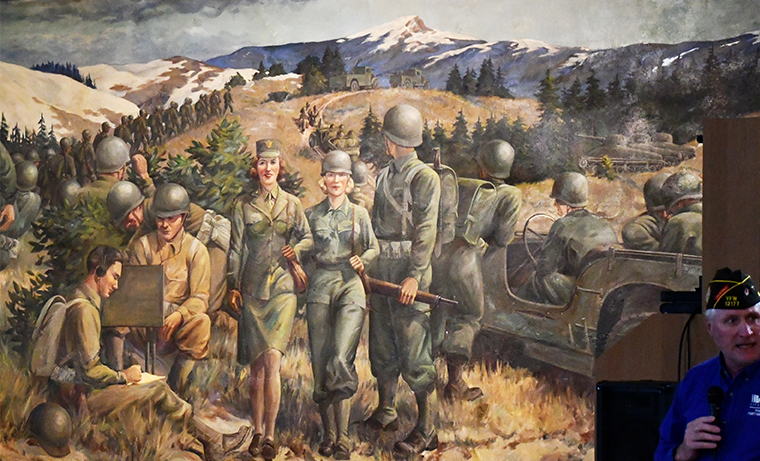80th Anniversary Celebration
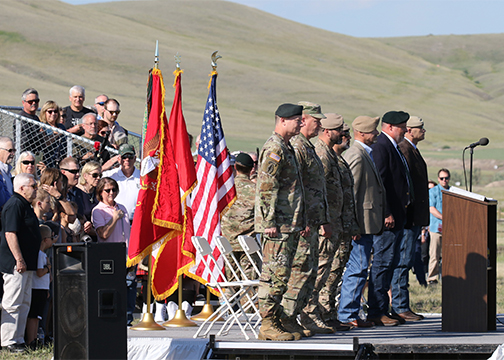
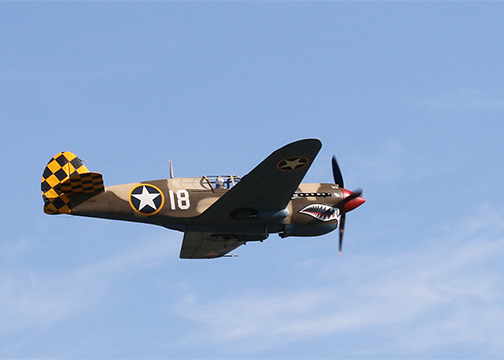
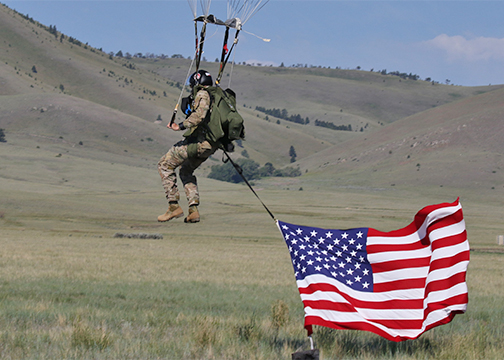
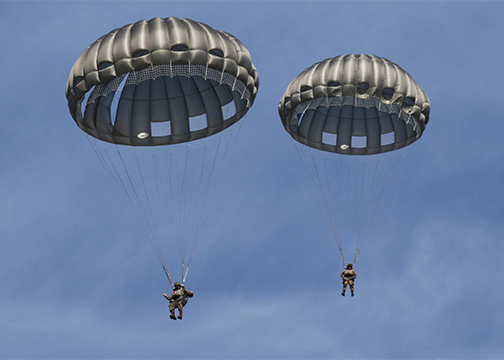
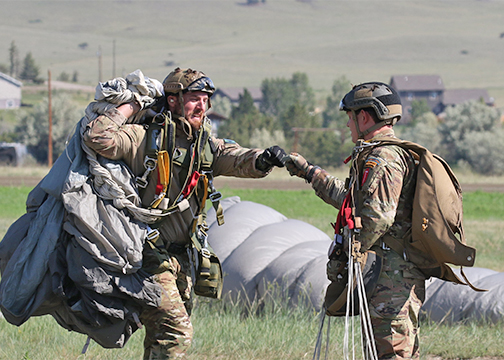
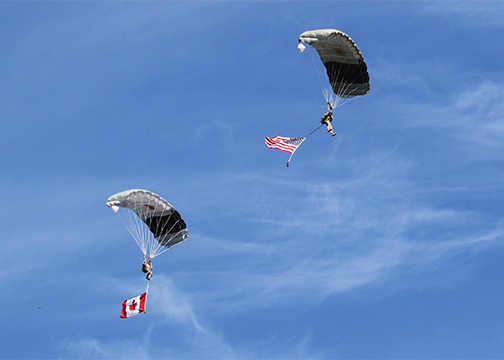
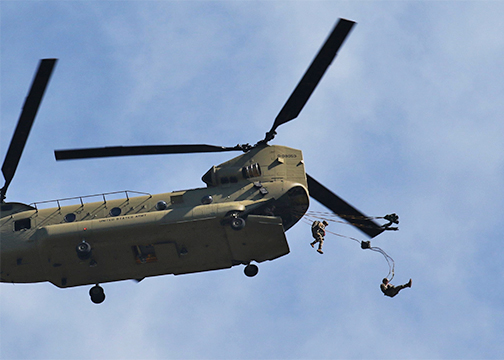
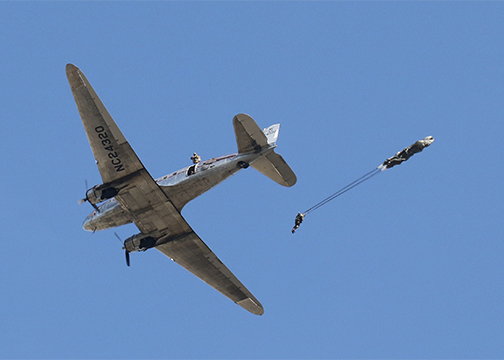
80th FSSF Formation Anniversary
Fort Harrison, Montana | July 9, 2022
80 years ago a top secret multi national army unit stood up on the ground we are standing on today; The First Special Service Force. The world was at war in 1942. Hitler’s army was occupying nearly all of main land Europe and England was anticipating the eventual cross channel invasion by Germany. Prime Minister Winston Churchill needed to buy time and slow down the German war machine. A British scientist by the name of Geoffrey Pike felt the allies could fight Germany on the snow fields of Norway the same way the navy fought at sea if properly equipped and trained. Project Plough was born. Why German occupied Norway? Germany was ahead of the world in three critical areas; jet propulsion, rocket propulsion, and the development of an atomic bomb. The deuterium needed to refine uranium to weapons grade as well as hydroelectric power to run the German war factories was coming from Norway. If Germany perfected the atomic bomb and a delivery system, the allies would be defenseless.
The unit name, First Special Service Force, was designed to be deceptive. The addition of “Service” was intended to give Hitler the impression the unit was a support group like the USO. Their insignias were the crossed arrows and spearhead shoulder patch. Both came from the Indian Scouts of the US Army from the late 1800’s. The Force’s iconic fighting knife, the V-42, V for victory and 42 for the year, was designed by COL Frederick and his staff and produced by Case Knife specifically for the Force.
Who were the men of the First Special Service Force? Their commander was COL Robert T. Frederick, a 1928 West Point graduate. COL Frederick was assigned to the War Department under GEN George C. Marshall and GEN Dwight D. Eisenhower and was tasked with analyzing Plough. His report was a NO GO. He estimated the survival rate at less than 10%. Also, there were no aircraft available to transport the men and equipment to Norway undetected. Because COL Frederick was the most knowledgeable of the requirements of the Force, he was given command. He had no manual to follow, no training schedule; only orders to recruit, train, and be combat ready in six months.
Volunteers started arriving at Fort Harrison in early August, 1942 from across the US and Canada and began training immediately. COL Frederick pushed the Forcemen beyond their limits by integrating the men and utilizing their competitive nature and national pride. The Canadians were not going to be out done by the Yanks, and the US soldiers were not going to be beat by the Canooks. There was no time for retraining and no provision for replacements. One failure during the training and you were sent back to the unit you came from.
Their first test was airborne training. COL Frederick felt if he could get his men to jump out of an airplane he could get them to do anything. Most of these men had never been in an airplane let alone jump out of one. Jump school was five days and two jumps. Remember, the Norway mission was a one-way ticket. They were being trained to parachute in but would be on their own to get out.
Conditioning was a critical part of the Force’s training. 20, 30, 40, even 50 mile ruck marches were common along with double time everywhere they went. Hand to hand combat was another trade mark of the Force. A former Irish policeman from Shanghai, Dermot “Pat” O’Neil, brought his own style of fighting to the Force. A mixture of several fighting disciplines, O’Neil told the men his fighting was not intended to be defensive, but offensive. He taught the Forceman how to silently and quickly eliminate their opponents. He also taught them how to effectively use their V-42 knife. Other training included demolitions, mountaineering, navigation, night fighting, winter warfare and survival, and weapon systems, both US and German. They were as efficient with German weapons as they were with their own and this would prove very beneficial working behind enemy lines and being separated from their supply sources.
The Norway mission was given to the Norwegian underground in November 1942 but training continued at Fort Harrison. COL Frederick, with support from Prime Minister Winston Churchill, was able to convince the US and Canadian armies to keep the Force together.
In April 1943 the Force said farewell to Helena and moved to the east coast to add amphibious landing to their tool box. They then moved back to the west coast and boarded ships to be part of operation Cottage, the removal of Japanese soldiers from the Aleutian Island of Kiska. Kiska was a dry run but a valuable evaluation of the readiness of the Force.
Conditioning was a critical part of the Force’s training. 20, 30, 40, even 50 mile ruck marches were common along with double time everywhere they went. Hand to hand combat was another trade mark of the Force. A former Irish policeman from Shanghai, Dermot “Pat” O’Neil, brought his own style of fighting to the Force. A mixture of several fighting disciplines, O’Neil told the men his fighting was not intended to be defensive, but offensive. He taught the Forceman how to silently and quickly eliminate their opponents. He also taught them how to effectively use their V-42 knife. Other training included demolitions, mountaineering, navigation, night fighting, winter warfare and survival, and weapon systems, both US and German. They were as efficient with German weapons as they were with their own and this would prove very beneficial working behind enemy lines and being separated from their supply sources.
The Norway mission was given to the Norwegian underground in November 1942 but training continued at Fort Harrison. COL Frederick, with support from Prime Minister Winston Churchill, was able to convince the US and Canadian armies to keep the Force together.
In April 1943 the Force said farewell to Helena and moved to the east coast to add amphibious landing to their tool box. They then moved back to the west coast and boarded ships to be part of operation Cottage, the removal of Japanese soldiers from the Aleutian Island of Kiska. Kiska was a dry run but a valuable evaluation of the readiness of the Force.
The Force was called back to the east coast for deployment to Italy, at the request of LTG Mark Clark. The allies were working their way up the Italian peninsula when they ran into the German Winter Line, a defensive line made up of fortified mountain tops across the Italian boot. The southern most peak was a mountain called Monte la Defensa. For several weeks the allies had tried to push the German soldiers off the mountain with no success and high casualties. COL Frederick chose the 300 foot cliffs on the north face of the mountain as the assault route because the area was not being defended. The Germans didn’t feel there was any possible way the allies could get enough men and supplies up the cliffs to conduct an effective offensive assault. The superb conditioning and training of the Force proved them wrong. On the night of December 2, 1943 1st, 2nd, and half of 3rd companies of second regiment, 250 men, scaled the cliffs in rain, snow and heavy fog and were in position when the fighting started at daylight. The Force cleared la Defensa in four hours and proceeded to clear several more Winter Line Mountain tops over the next six weeks. The Force’s combat echelon strength on December 3, 1943, the assault on la Defensa, was 1,800 men. When the Force was relieved 45 days later on January 17, 1944, fewer than 500 men boarded the trucks.
The Force then moved to Anzio and was given responsibility for the right flank of 12,000 meters. Their combat strength was back up to 1,200 men but they were facing 12,000 German soldiers. COL Frederick immediately sent out night patrols behind enemy lines to gather intelligence, capture enemy soldiers, search and destroy, and employ their own psychological warfare. It was at Anzio that the Germans gave the First Special Service Force the name “The Black Devils”. For 99 days the Force infiltrated the German lines leaving silent death and destruction with their calling card which read in German “Das Dicke Ende Kommt Noch”, translated “The Worst is Yet to Come”. The allies broke out of Anzio on their push to liberate Rome and on June 4, 1944, two days before D-Day, a First Special Service Force patrol lead by CPT Mark Radcliffe were credited with being the first allied unit to enter Rome.
The Force’s final mission was Operation Dragoon and the allied invasion of Southern France. The Force was again the tip of the spear neutralizing German artillery on two islands off the coast of France to clear the route for the main landing parties. The FSSF cleared the two islands one year to the day after their amphibious assault on Kiska. The Force then worked their way up the French Mediterranean coast to the Franco Italian border. On December 5, 1944 the First Special Service Force was deactivated at Villeneuve-Loubet France. In 251 days of combat the First Special Service Force had 2,314 casualties, 134% of combat strength, captured 30,000 enemy soldiers, had a kill ratio of 25:l, and never lost a battle.
The traditions and honors of the First Special Service Force are continued today by the Special Operation Forces of the United States and Canadian Armies. It all started here at Fort William Henry Harrison Montana on the very ground we are standing on. The Forcemen volunteered to do the impossible and today’s Special Forces soldiers volunteer to be tested to see if they too can meet the standards to be the best of the best. Technology, tactics, rules of engagement, has changed over the years, but the Special Forces soldier has not. The First Special Service Force, THEY were you, YOU are them. You have their DNA. In the words of Force Veteran Charlie Mann, “We are honored that you would remember who we were, but NEVER FFORGET why we were fighting”.
Thank you.
– Bill Woon, of the First Special Service Force Association – Master of Ceremonies
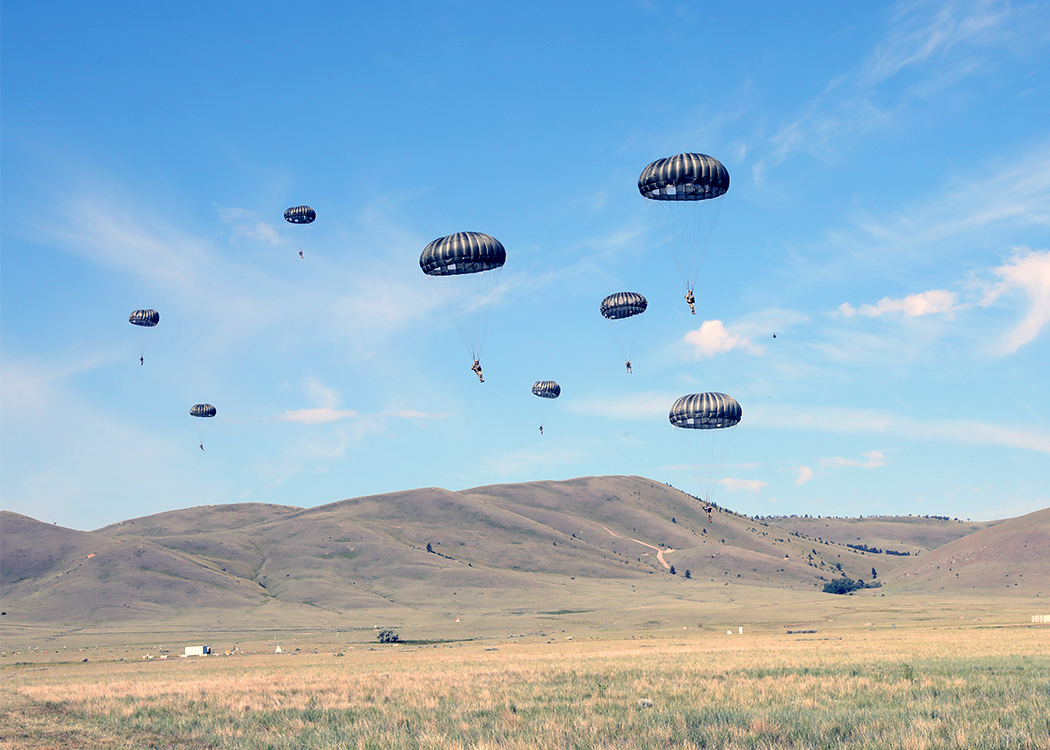
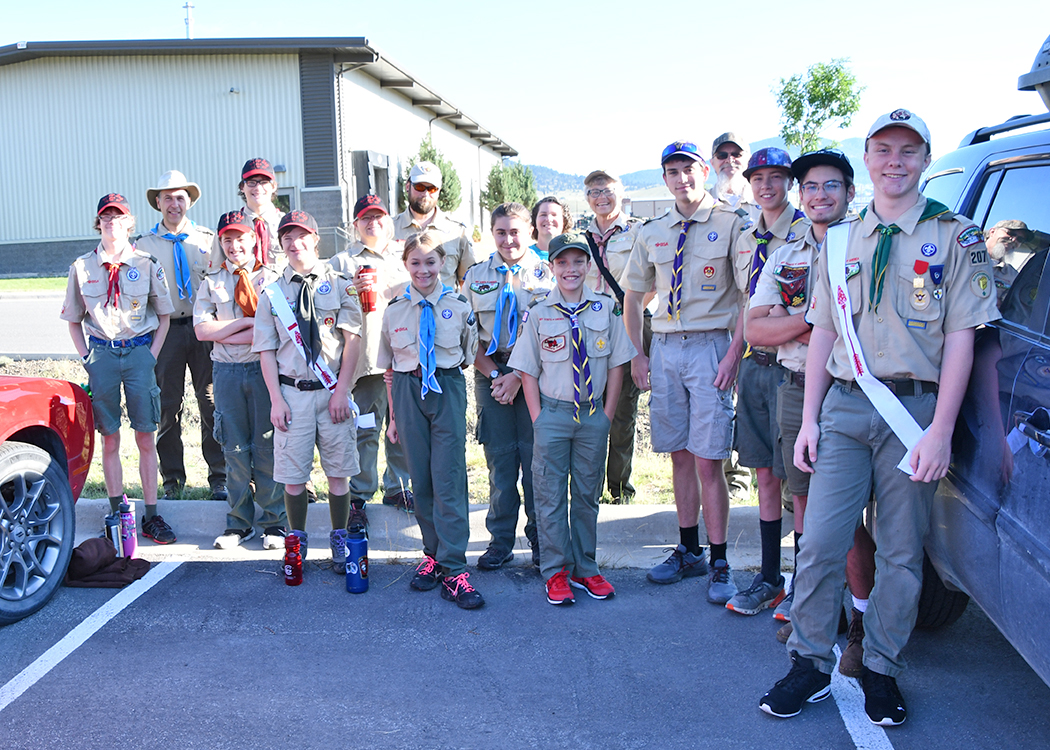
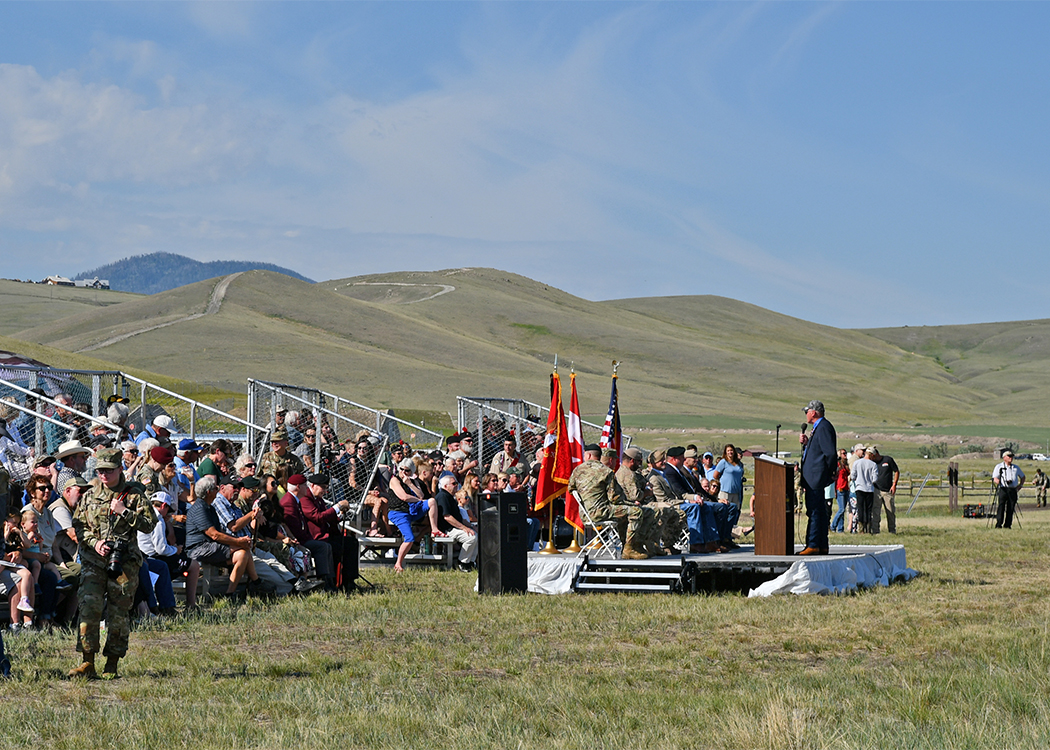
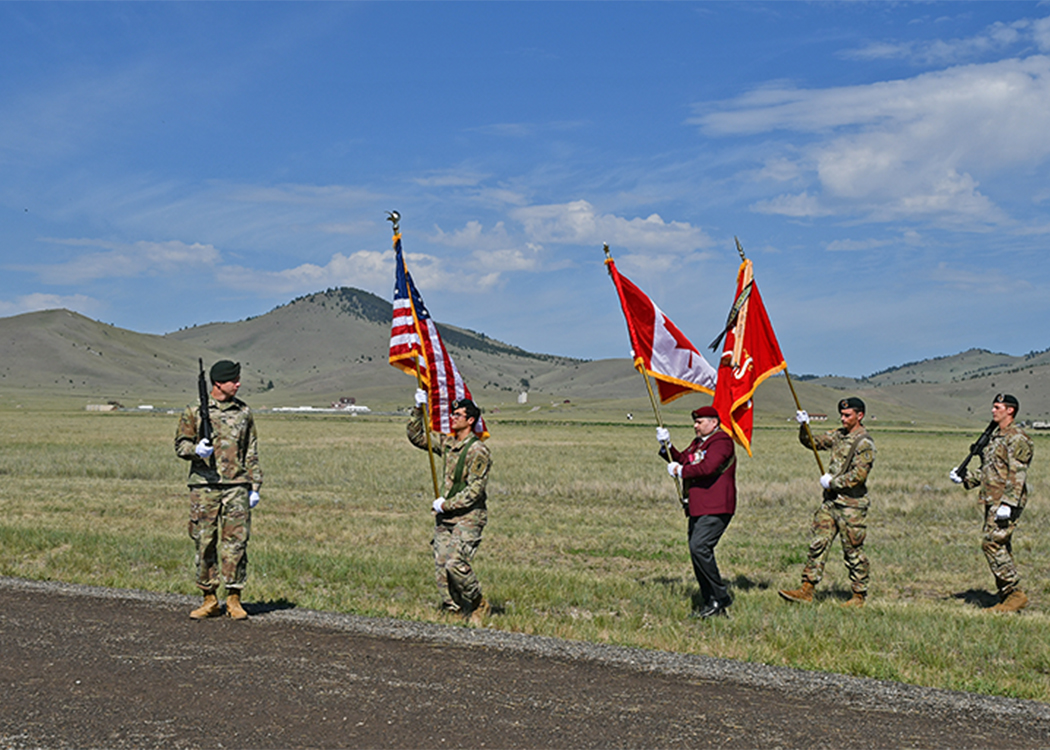
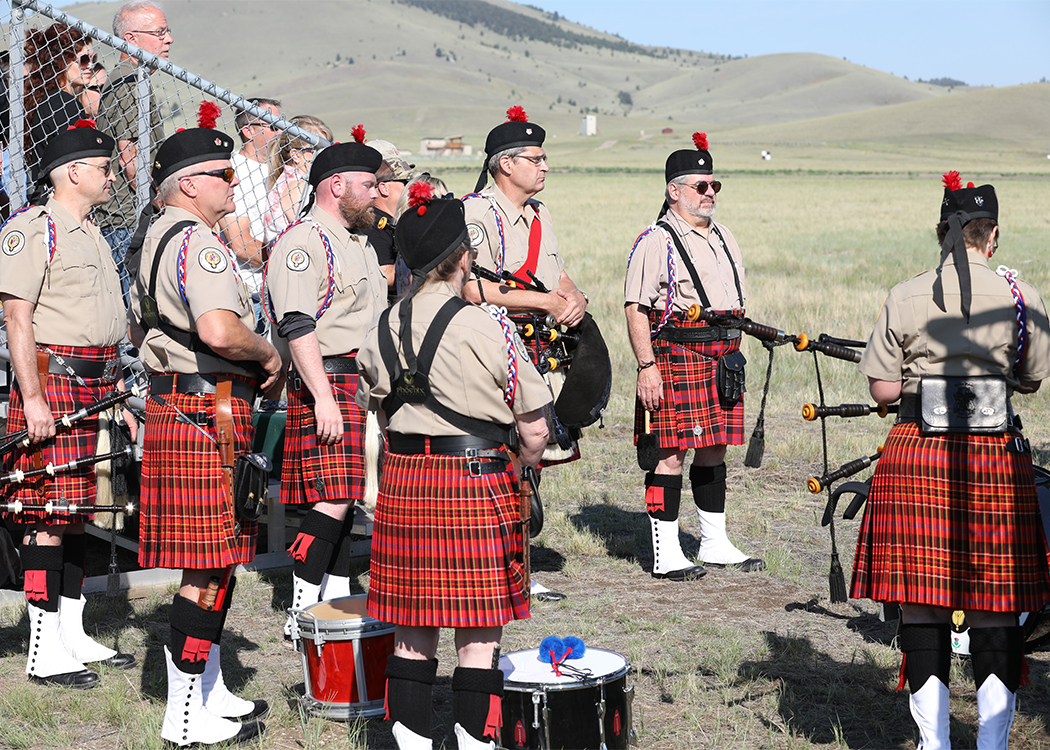
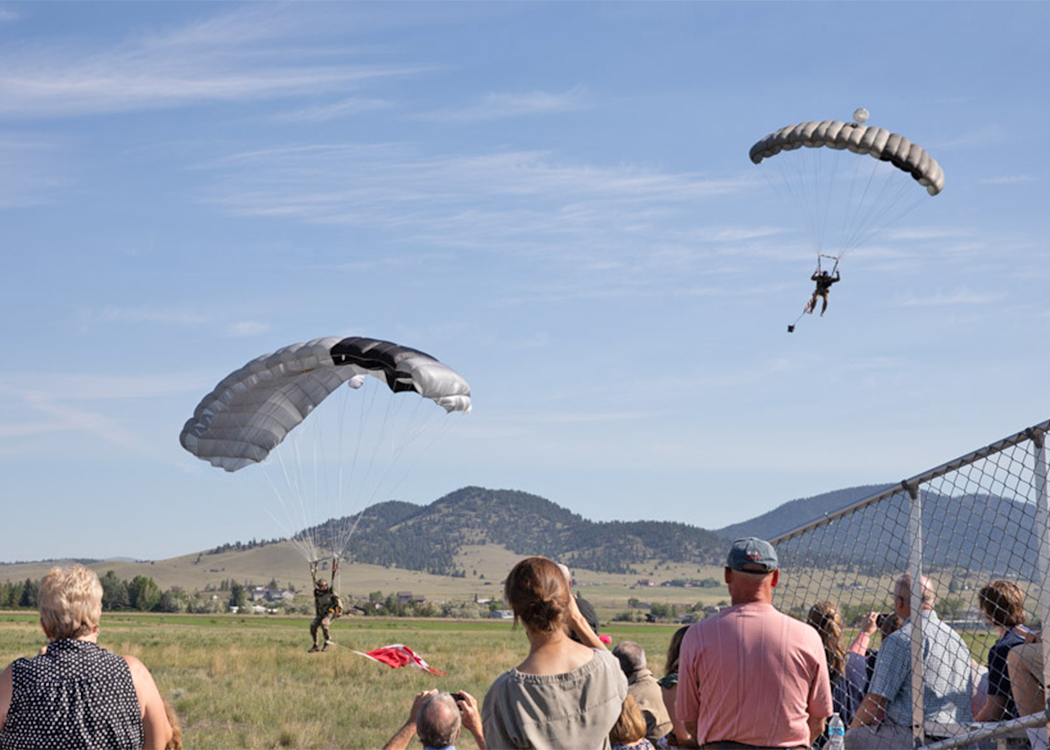
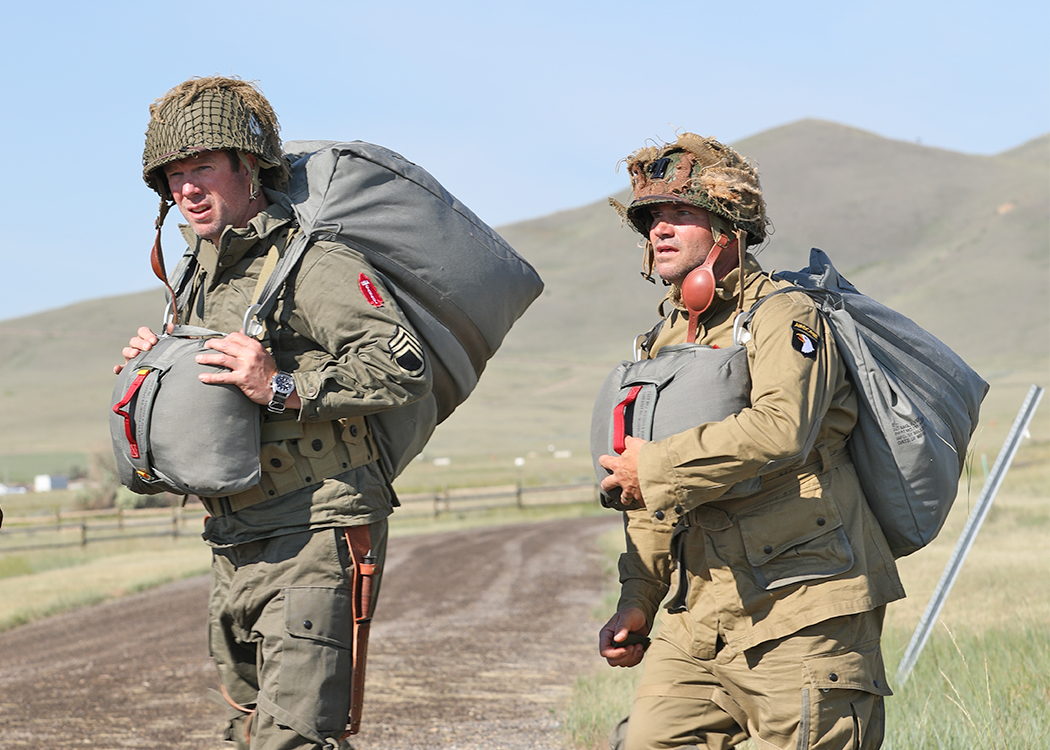
80TH ANNIVERSARY OF FIRST SPECIAL FORCES SHORT SHOPE MURAL
